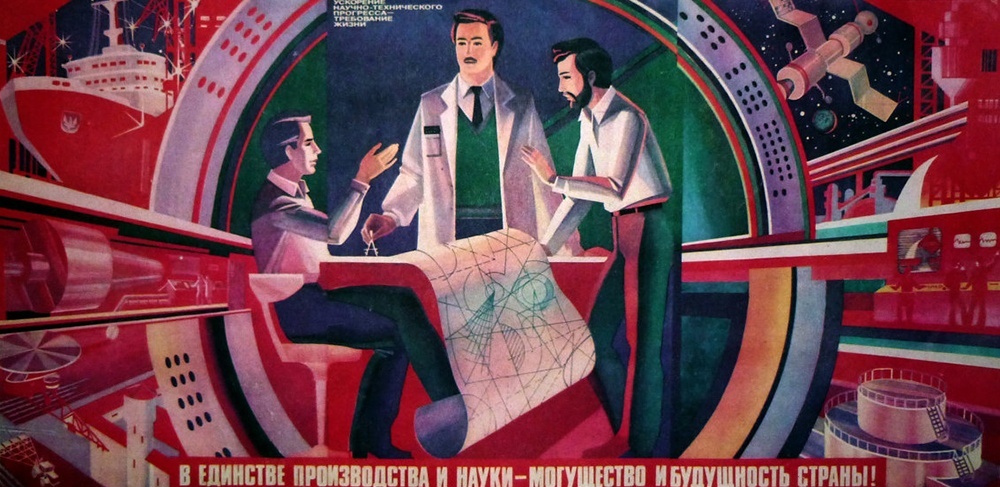- cross-posted to:
- myrmecology@mander.xyz
- cross-posted to:
- myrmecology@mander.xyz
We tend to think of agriculture as a human innovation. But insects beat us to it by millions of years. Various ant species cooperate with fungi, creating a home for them, providing them with nutrients, and harvesting them as food. This reaches the peak of sophistication in the leafcutter ants, which cut foliage and return it to feed their fungi, which in turn form specialized growths that are harvested for food. But other ant species cooperate with fungi—in some cases strains of fungus that are also found growing in their environment.
Genetic studies have shown that these symbiotic relationships are highly specific—a given ant species will often cooperate with just a single strain of fungus. A number of genes that appear to have evolved rapidly in response to strains of fungi take part in this cooperative relationship. But it has been less clear how the cooperation originally came about, partly because we don't have a good picture of what the undomesticated relatives of these fungi look like.
Now, a large international team of researchers has done a study that traces the relationships among a large collection of both fungi and ants, providing a clearer picture of how this form of agriculture evolved. And the history this study reveals suggests that the cooperation between ants and their crops began after the mass extinction that killed the dinosaurs, when little beyond fungi could thrive.



Ants are fuckin cool. I wish the egg layers weren't referred to as "queens" because it gives the wrong implication that ant nests are a monarchy and that the queen somehow rules them.
In reality no decision-making comes from the queens since ants will continue to dig nests, find food, and care for each other even without a queen. The nest just doesn't have eggs to replace them.
Ants are really closer to being socialist collectives than anything. Food is divided evenly (although queens do get fed more, but only for the biomass needed to produce eggs) even the tiniest bit that is found is shared among as many as possible.
I like the ones that carry off and bury dead ants. I saw a video where someone wiped the compound they release when they die on one's back and little guy was like "well guess I'm dead" and waited till he got carted off and thrown in the pit. Eventually it dissipated and he got back to work.
thank you ants. thants.
Some ants even pretend to be injured to get carried back by their nestmates, they just like me fr fr
The ant equivalent of pretending to fall asleep on the car ride home so one of your parents will carry you inside and tuck you into bed
I loved reading about how in ant species that have a bunch of different morphologically distinct castes, the "majors," which are essentially big soldier-sized workers, usually wind up just being there to let smaller workers ride them around.
Ty for the cute ant facts, we all just want uppies sometimes
You have the right idea but I gotta share my ant brainrot for a moment
Queens indeed do not rule nests and they are essentially the brood slave of a colony at worst, the colony's sex-having consolidated into an individual at best. But Queens do make some big ass decisions when it comes to starting a colony, since they are the ones who, after mating (usually out in the open in a nuptial flight event), make the decision of where to dig the first tunnels of a new nest. They also care for the first generations very closely, even helping them out of their eggs and stuff, it rules.
Its probably worth mentioning though that this isn't true across all ant species, since there's a ton of variety. Some ants do no have morphologically distinct queens, as they are selected from among the workers in little ceremonies that scientists once though were dominance duels but now they think might be little cheerleading competitions to see who gets the crowd going best (awesome). Other ants don't have queens at all and are parthenogenic, which has crazy consequences for the dispersal patterns of their offspring. And then you have the supercolonies with multiple queens which are worth their own effortpost